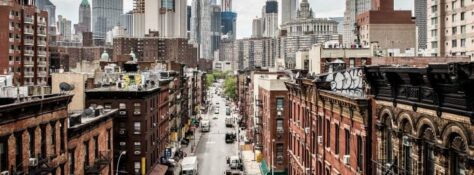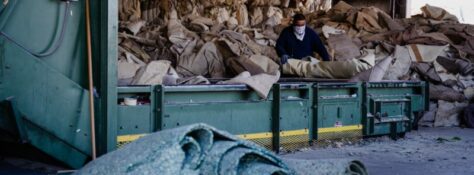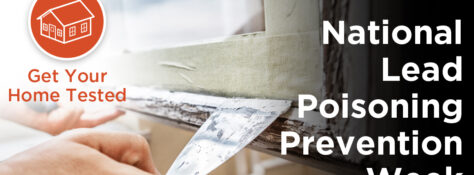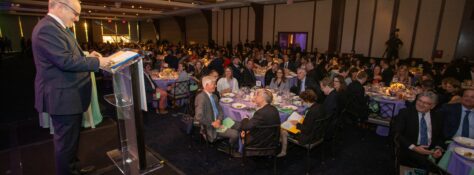Governor Kathy Hochul recently vetoed A. 6652/S. 4162, known as the Class C Streams bill, which was designed to protect New York’s streams by putting them under the supervision of the state’s Department of Environmental Protection. Given the recent veto, NYLCV is calling for the bill to be included in the Governor’s Executive Budget.
Learn MoreThere’s a good reason the New York League of Conservation Voters recently honored Logical Buildings in Westchester County. They are doing cutting-edge work to help builders, landlords and other stakeholders decarbonize buildings.
Learn MoreNews
As New York State and New York City continue to be national examples for environmental legislation designed to reduce carbon pollution, the New York League of Conservation Voters is advocating strongly for implementation of four waste reduction measures at various stages. The League is urging Gov. Kathy Hochul to sign two bills already passed by the state legislature: the Digital Fair Repair Act and a bill that would require carpet producers to establish a recycling program.
Learn MoreWe at the New York League of Conservation Voters Congratulate Governor Hochul for being the first duly elected woman to hold the office of Governor of New York State! Governor Hochul continues to make history as the first woman Governor of New York, but also by her bold support of the environment and is a national leader in the fight against climate change.
Learn MoreNews
According to health officials, there is no level of lead in the body that is known to be without harmful effects. That is why NYLCV is urging everyone - homeowners, health care providers, businesses, politicians, educators, etc. - to participate in the federal government’s upcoming National Lead Poisoning Prevention Week (NLPPW), which will be held Oct. 23-29, with wide dissemination of information and a series of topic-focused releases and webinars to spread awareness and lead to community and legislative action.
Learn MoreThe New York Legislature wrapped up its 2022 legislative session on the weekend of June 3rd, leaving Albany for the year after passing several important bills that were part of the NYLCV’s 2022 State Policy Agenda.
Learn MoreEach passing day is a struggle against the clock in the fight against climate change, with continuous emissions increasing the already-heavy strain on the ozone layer. According to the Environmental Protection Agency (EPA), in 2020, transportation made up 27% of the total United States greenhouse gas (GHG) emissions, taking the lead over electricity and industry, and contributing to already-dangerous rising temperatures by putting out carbon dioxide emissions from petroleum-based fuel options. The Clean Fuels NY Coalition, led by the New York League of Conservation Voters, was formed to showcase the widespread support for New York State to create a clean fuel standard (also known as a low-carbon fuel standard) and reduce GHG emissions from the transportation sector, which accounts for 35% of overall state emissions.
Learn MoreEvery year NYLCV and NYLCVEF celebrate the environmental progress we’ve helped create in New York City and across the State with our annual gala. This year we surpassed our fundraising goal for a total of $1.2 million, which will be used to support the work we do over the next year. Over 700 people including legislators, environmental champions, and industry leaders joined us to celebrate.
Learn More



